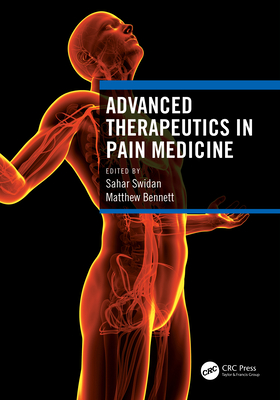Enhancing Interoperability and Automation of Construction Waste Quantification: Integration of Building Information Modelling and Semantic Web Technol
暫譯: 提升建築廢料量化的互操作性與自動化:建築資訊模型與語意網技術的整合
Sivashanmugam, Subarna, Trejo, Sergio Rodriguez, Rahimian, Farzad Pour
- 出版商: Routledge
- 出版日期: 2025-07-28
- 售價: $7,940
- 貴賓價: 9.5 折 $7,543
- 語言: 英文
- 頁數: 192
- 裝訂: Hardcover - also called cloth, retail trade, or trade
- ISBN: 1032998547
- ISBN-13: 9781032998541
-
相關分類:
地理資訊系統 Gis
海外代購書籍(需單獨結帳)
相關主題
商品描述
Enhancing Interoperability and Automation of Construction Waste Quantification outlines the construction waste quantification (CWQ) modelling that supports data-driven decision-making in the built environment. It presents how the functionalities of Building Information Modelling (BIM) and Semantic Web Technology are integrated to enhance the interoperability and automation of the CWQ process.
The research in this book shapes the development of a semantic framework that supports the built environment in quantifying construction waste (CW) and informing optimal material choices from early design stages to minimise the quantity and diversity of waste generation. The book also demonstrates the application of the proposed framework using an ontology (PROduct CIRcularity Ontology) and a BIM-integrated digital tool (Building Waste Tool [BWT]). The PRODCIRO and BWT inform how data, standardisation, consistency, and granularity could streamline and automate the CWQ process. The book also presents the outputs of a test-case building used to validate the adaptability and accuracy of the framework.
This book is a valuable resource for BIM and sustainability practitioners. It provides a comprehensive discussion on the significance of CW, its impacts on sustainability, advancements in CWQ, and data and information gaps within the existing CWQ practices. The solution proposed in the book will help the built environment to shift from reactive to proactive and preventive waste management.
商品描述(中文翻譯)
《增強建築廢料量化的互操作性與自動化》概述了支持建築環境中數據驅動決策的建築廢料量化(CWQ)建模。它展示了如何整合建築資訊建模(Building Information Modelling, BIM)和語義網技術(Semantic Web Technology)的功能,以增強CWQ過程的互操作性和自動化。
本書中的研究塑造了一個語義框架,支持建築環境在量化建築廢料(CW)方面的應用,並從早期設計階段提供最佳材料選擇的資訊,以最小化廢料產生的數量和多樣性。本書還展示了使用本書提出的框架的應用,透過本體(PROduct CIRcularity Ontology)和一個整合BIM的數位工具(建築廢料工具 [Building Waste Tool, BWT])。PRODCIRO和BWT說明了數據、標準化、一致性和粒度如何簡化和自動化CWQ過程。本書還展示了一個測試案例建築的輸出,用以驗證該框架的適應性和準確性。
本書是BIM和可持續性實踐者的重要資源。它提供了對CW重要性、對可持續性的影響、CWQ的進展以及現有CWQ實踐中的數據和資訊缺口的全面討論。本書提出的解決方案將幫助建築環境從被動轉向主動和預防性的廢料管理。
作者簡介
Subarna Sivashanmugam is Research Associate at the School of Computing, Engineering and Digital Technologies, Teesside University, UK.
Sergio Rodriguez-Trejo is Associate Professor of Research at the School of Computing, Engineering and Digital Technologies, Teesside University, UK.
Farzad Rahimian is Professor of Digital Engineering at the School of Computing, Engineering and Digital Technologies, Teesside University, UK
作者簡介(中文翻譯)
Subarna Sivashanmugam 是英國提賽德大學計算、工程與數位技術學院的研究助理。
Sergio Rodriguez-Trejo 是英國提賽德大學計算、工程與數位技術學院的研究副教授。
Farzad Rahimian 是英國提賽德大學計算、工程與數位技術學院的數位工程教授。































